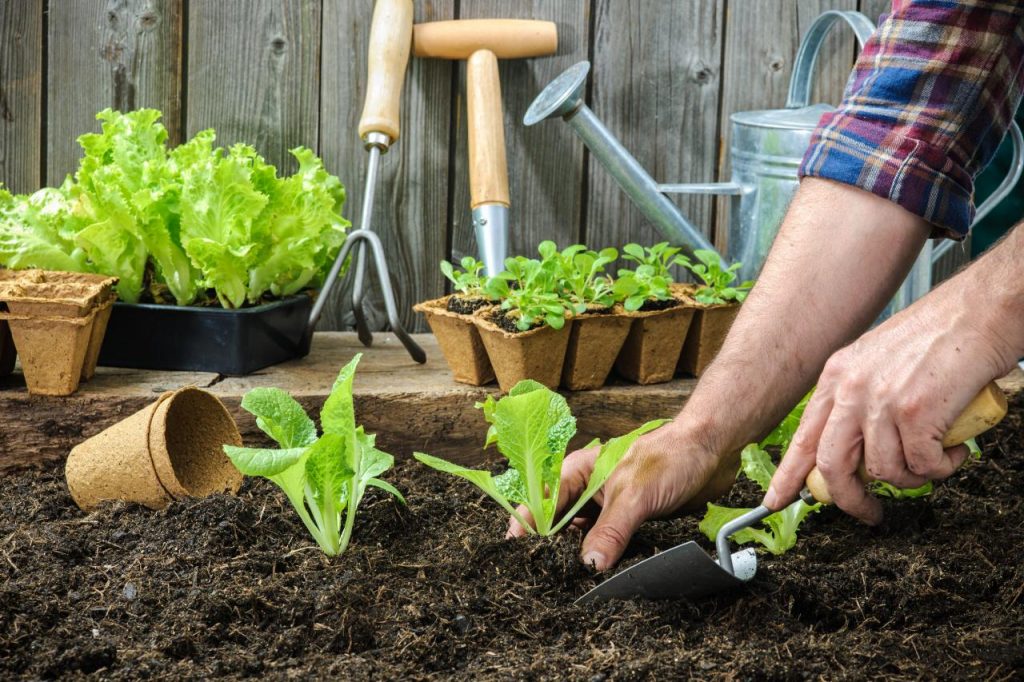The main ingredients to successful gardening are sun and water, soil and nutrients. It is important to research the specific needs of the plants you grow in order to best provide for them.
Sunlight
Edible fruits and vegetable plants require 6-8 hours of full sun. Many can thrive in full sunlight all day, and some prefer more shade. When installing raised garden beds it is important to know where you will have the best sunlight all year long.
Water
Different plants have different water requirements, and it is helpful to plan your garden keeping them in mind, grouping plants together with similar water needs. Peppers and pineapples do well together as both don’t require as much as tomatoes and beans. Rainwater is ideal, and should be monitored so you don’t overwater. Collecting in rain-barrels is a great way to conserve natural resources and irrigate your garden. Dade county “city” water is excellent for edible gardens. Well-water often has an imbalance of nutrients that can cause issues, but typically with edible gardening frequency and quantity is more important that the source.
Soil
South Florida’s soil is based on a limestone foundation, with sand, marl and muck. This combination drains not only water, but much of the nutrients away. It is also slightly alkaline, which makes it tricky to grow acidic-preferring fruits and vegetables. While it is certainly possible to grow in-ground, building a raised bed filled with high quality soil is a much safer, cost efficient solution that’s also easier on one’s back.
Nutrients
Air and rain provide essential nutrients to all plants (H20, CO2, O2). Other major nutrients needed include Nitrogen (N), Phosphorous (P), Potassium (K), and to a lesser extent Calcium (Ca), Magnesium (Mg), and Sulfur (S). Micronutrients include Iron (Fe), Manganese (Mn), Zinc (Zn), Copper (Cu), Molybdenum (Mo), Boron (B), and Chlorine (Cl). As plants grow they use up these nutrients, and periodically need to be added to the soil. These can come from fertilizers or compost, which recycles nutrients and organic matter back into the soil.

